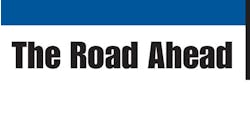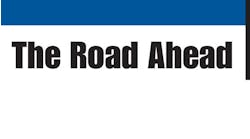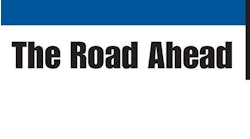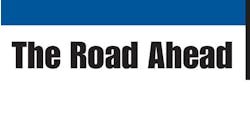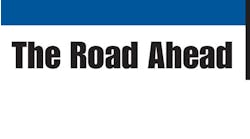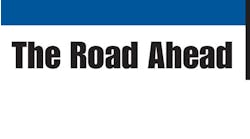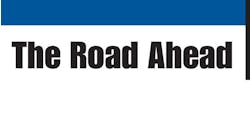Though freight volumes slumped as 2006 came to a close, economists are forecasting healthy economic trends for 2007. With stronger freight demand in the weeks ahead.
Banking conglomerate Wells Fargo & Company’s senior economists said during the firm’s annual economic forecast in December that U.S. economic growth in 2007 should remain strong despite the economic slowdown at the end of ‘06, coupled with Federal Reserve interest-rate increases, home price declines, higher oil prices, and the war in Iraq.
“The [stock] market’s recession fears are overblown and the U.S. economy will reveal incredible resilience in 2007,” said Scott Anderson, senior economist for Wells Fargo & Company. “The drivers that had been pulling down the U.S. consumer and economy in the first half of 2006 -- such as rising energy prices and interest rates, sluggish wage growth, and a sharp drop in housing demand -- began to recede or stabilize in the second half of 2006.”
“We’ve still got fiscal juice,” added Jim Paulsen, chief investment strategist of Wells Capital Management. “We’ve had mortgage rates come back down in the last half of the year. We’ve had gas prices come down. Liquidity is growing over 9% year over year. We have a weaker dollar. All of that is juice for growth next year.”
U.S. Gross Domestic Product (GDP) growth is expected to rebound as soon as next quarter, with Paulsen predicting a 3.5% growth rate for 2007 based on his expectation that the housing and auto markets will flatten out. Anderson said growth would accelerate in early 2007, reaching an annualized quarterly growth rate of about 2.8%, from recent annualized quarterly rates of around 2%.
Standard & Poor’s Equity Research Services also sees multiple factors driving economic growth in 2007, with economic expansion led by investments rather than housing and consumer spending; and continued corporate earnings growth driven by expanded international sales and a weak U.S. dollar.
“We believe 2007 will be a good year, not as good as 2006, but one strong enough to provide investors with a 10% total return” on stock investments, said Sam Stovall, the firm’s chief investment strategist.
That’s not to say economists are all wearing rose-colored glasses. Chief economist Gary Thayer at financial services firm A.G. Edwards noted that over the past five years, the economy has oscillated between extremes – in recession or struggling out of it from 2001 to 2003 but then showing strength and expanding at an above- average rate from 2004 through the early part of this year.
“The Federal Reserve has drained excess liquidity from the economy with its lengthy cycle of consecutive rate hikes, so we think the most likely scenario at this point is a soft landing between these two extremes,” he said. “A sharp drop in energy prices in the second half of this year, a halt in the Fed rate hikes once the housing market weakness became pronounced and continued growth in corporate profits have all helped offset other problems and seem to be setting the stage for a soft landing.”
